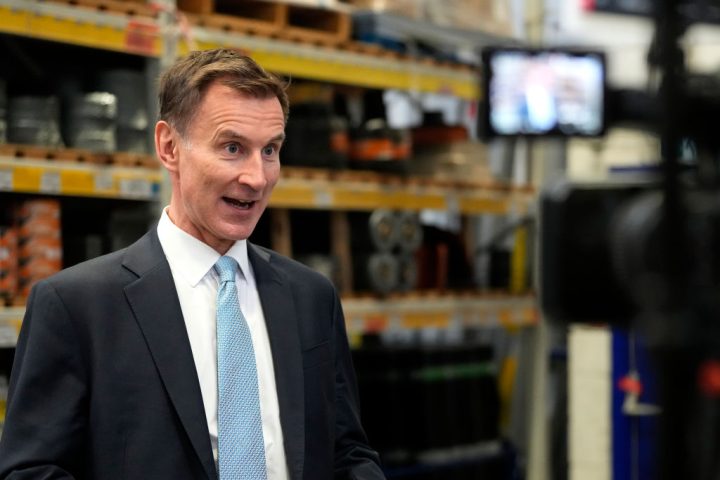Jeremy Hunt’s promise that the Conservative manifesto will protect the ‘triple lock’ on the state pension is a desperate measure to appeal to the one group of the population whom the Conservatives feel they can rely on. But taxpayers will not be thanking him in a few years’ time. On the contrary, by keeping the triple lock – which increases state pensions by either the Consumer Prices Index (CPI), average earnings or 2.5
Already a subscriber? Log in
Subscribe for just $2 a week
Try a month of The Spectator Australia absolutely free and without commitment. Not only that but – if you choose to continue – you’ll pay just $2 a week for your first year.
- Unlimited access to spectator.com.au and app
- The weekly edition on the Spectator Australia app
- Spectator podcasts and newsletters
- Full access to spectator.co.uk
Or





















Comments
Don't miss out
Join the conversation with other Spectator Australia readers. Subscribe to leave a comment.
SUBSCRIBEAlready a subscriber? Log in